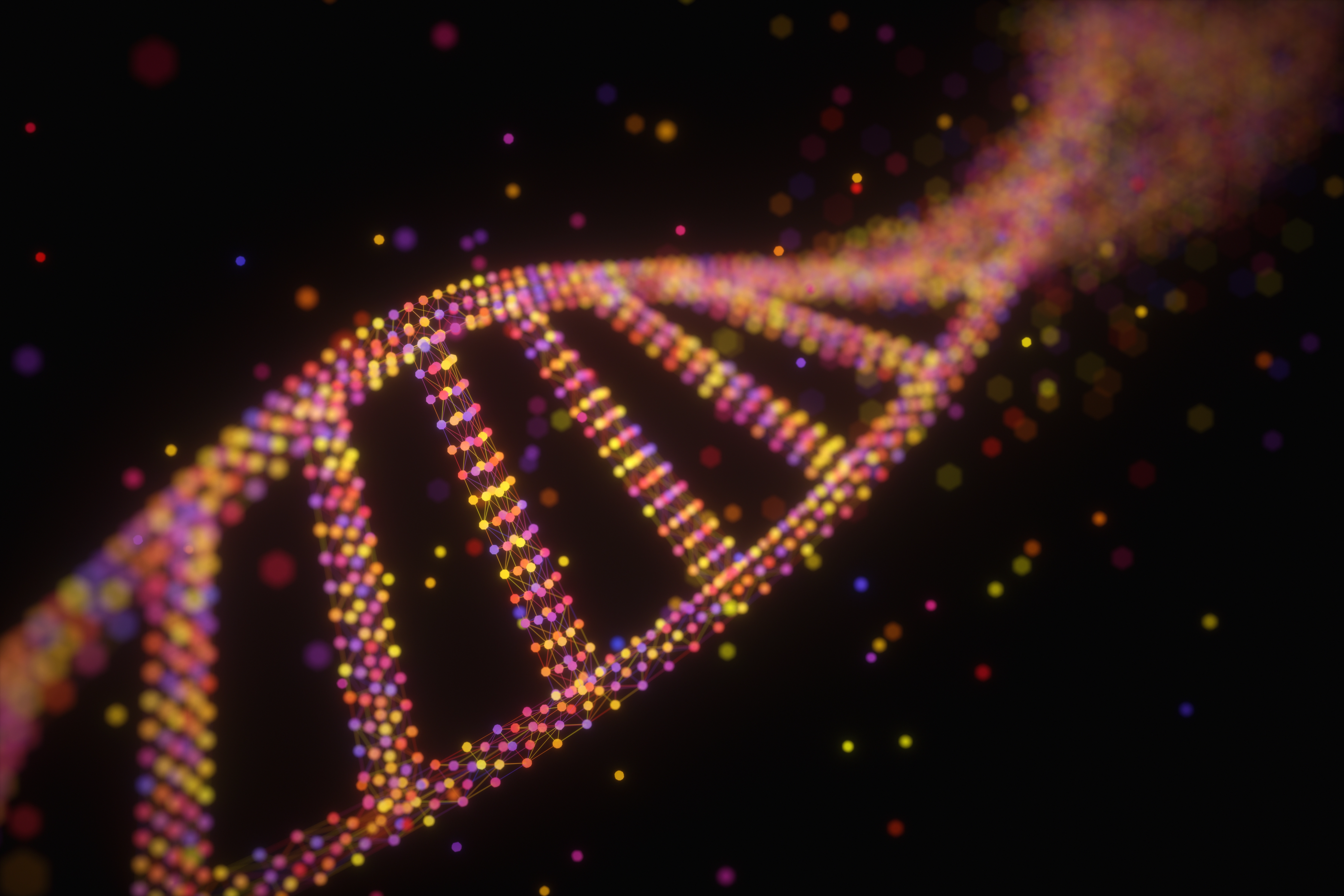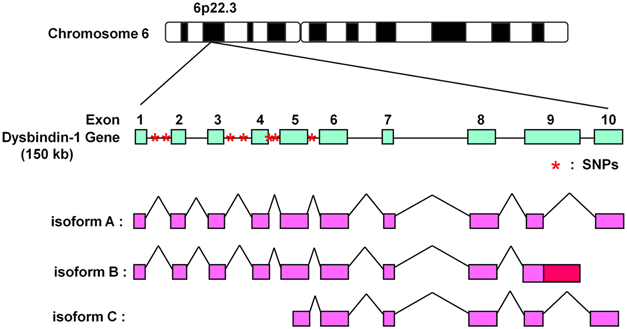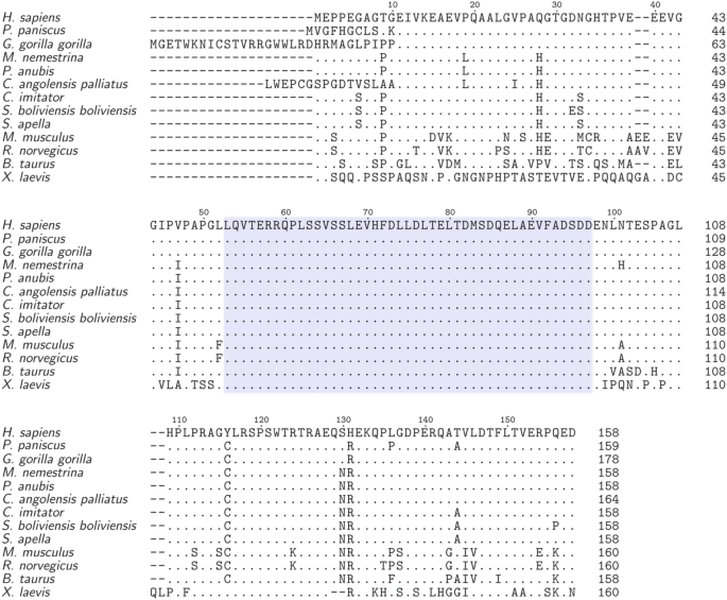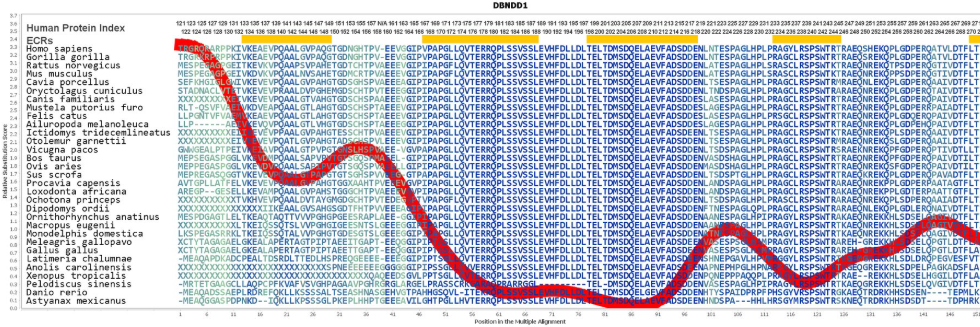Filters
Host (768597)
Bovine (1090)Canine (20)Cat (408)Chicken (1642)Cod (2)Cow (333)Crab (15)Dog (524)Dolphin (2)Duck (13)E Coli (239129)Equine (7)Feline (1864)Ferret (306)Fish (125)Frog (55)Goat (36847)Guinea Pig (752)Hamster (1376)Horse (903)Insect (2053)Mammalian (512)Mice (6)Monkey (601)Mouse (96266)Pig (197)Porcine (70)Rabbit (358709)Rat (11723)Ray (55)Salamander (4)Salmon (15)Shark (3)Sheep (4247)Snake (4)Swine (301)Turkey (57)Whale (3)Yeast (5336)Zebrafish (3022)Isotype (157155)
IgA (13675)IgA1 (943)IgA2 (319)IgD (1949)IgE (5619)IgG (87472)IgG1 (16737)IgG2 (1330)IgG3 (2720)IgG4 (1691)IgM (22166)IgY (2534)Label (239340)
AF488 (2465)AF594 (662)AF647 (2324)ALEXA (11546)ALEXA FLUOR 350 (255)ALEXA FLUOR 405 (260)ALEXA FLUOR 488 (672)ALEXA FLUOR 532 (260)ALEXA FLUOR 555 (274)ALEXA FLUOR 568 (253)ALEXA FLUOR 594 (299)ALEXA FLUOR 633 (262)ALEXA FLUOR 647 (607)ALEXA FLUOR 660 (252)ALEXA FLUOR 680 (422)ALEXA FLUOR 700 (2)ALEXA FLUOR 750 (414)ALEXA FLUOR 790 (215)Alkaline Phosphatase (825)Allophycocyanin (32)ALP (387)AMCA (80)AP (1160)APC (15217)APC C750 (13)Apc Cy7 (1248)ATTO 390 (3)ATTO 488 (6)ATTO 550 (1)ATTO 594 (5)ATTO 647N (4)AVI (53)Beads (225)Beta Gal (2)BgG (1)BIMA (6)Biotin (27817)Biotinylated (1810)Blue (708)BSA (878)BTG (46)C Terminal (688)CF Blue (19)Colloidal (22)Conjugated (29246)Cy (163)Cy3 (390)Cy5 (2041)Cy5 5 (2469)Cy5 PE (1)Cy7 (3638)Dual (170)DY549 (3)DY649 (3)Dye (1)DyLight (1430)DyLight 405 (7)DyLight 488 (216)DyLight 549 (17)DyLight 594 (84)DyLight 649 (3)DyLight 650 (35)DyLight 680 (17)DyLight 800 (21)Fam (5)Fc Tag (8)FITC (30165)Flag (208)Fluorescent (146)GFP (563)GFP Tag (164)Glucose Oxidase (59)Gold (511)Green (580)GST (711)GST Tag (315)HA Tag (430)His (619)His Tag (492)Horseradish (550)HRP (12960)HSA (249)iFluor (16571)Isoform b (31)KLH (88)Luciferase (105)Magnetic (254)MBP (338)MBP Tag (87)Myc Tag (398)OC 515 (1)Orange (78)OVA (104)Pacific Blue (213)Particle (64)PE (33571)PerCP (8438)Peroxidase (1380)POD (11)Poly Hrp (92)Poly Hrp40 (13)Poly Hrp80 (3)Puro (32)Red (2440)RFP Tag (63)Rhodamine (607)RPE (910)S Tag (194)SCF (184)SPRD (351)Streptavidin (55)SureLight (77)T7 Tag (97)Tag (4710)Texas (1249)Texas Red (1231)Triple (10)TRITC (1401)TRX tag (87)Unconjugated (2110)Unlabeled (218)Yellow (84)Pathogen (489800)
Adenovirus (8685)AIV (317)Bordetella (25038)Borrelia (18284)Candida (17818)Chikungunya (639)Chlamydia (17666)CMV (121402)Coronavirus (5949)Coxsackie (859)Dengue (2872)EBV (1512)Echovirus (215)Enterovirus (677)Hantavirus (259)HAV (907)HBV (2098)HHV (876)HIV (7866)hMPV (302)HSV (2357)HTLV (635)Influenza (22155)Isolate (1208)KSHV (396)Lentivirus (3755)Lineage (3025)Lysate (127759)Marek (94)Measles (1169)Parainfluenza (1692)Poliovirus (3033)Poxvirus (81)Rabies (1530)Reovirus (536)Retrovirus (1069)Rhinovirus (511)Rotavirus (5358)RSV (1786)Rubella (1071)SIV (279)Strain (67791)Vaccinia (7233)VZV (667)WNV (369)Species (2987996)
Alligator (10)Bovine (159807)Canine (120802)Cat (13115)Chicken (113988)Cod (1)Cow (2031)Dog (12746)Dolphin (21)Duck (9606)Equine (2012)Feline (1019)Ferret (259)Fish (12875)Frog (1)Goat (90540)Guinea Pig (87959)Hamster (36959)Horse (41295)Human (956861)Insect (653)Lemur (119)Lizard (24)Monkey (110966)Mouse (471610)Pig (26206)Porcine (131969)Rabbit (127881)Rat (349250)Ray (443)Salmon (348)Seal (8)Shark (29)Sheep (105151)Snake (12)Swine (517)Toad (4)Turkey (244)Turtle (75)Whale (45)Zebrafish (535)Technique (5598094)
Activation (170406)Activity (10803)Affinity (44632)Agarose (2604)Aggregation (199)Antigen (135454)Apoptosis (27472)Array (2022)Blocking (71768)Blood (8533)Blot (10966)ChiP (815)Chromatin (6286)Colorimetric (9913)Control (80066)Culture (3218)Cytometry (5481)Depletion (54)DNA (172469)Dot (233)EIA (1039)Electron (6275)Electrophoresis (254)Elispot (1294)Enzymes (52752)Exosome (4280)Extract (1090)Fab (2230)FACS (43)FC (80930)Flow (6666)Fluorometric (1407)Formalin (97)Frozen (2671)Functional (708)Gel (2484)HTS (136)IF (12906)IHC (16566)Immunoassay (1589)Immunofluorescence (4119)Immunohistochemistry (72)Immunoprecipitation (68)intracellular (5602)IP (2842)iPSC (259)Isotype (8791)Lateral (1585)Lenti (319416)Light (37262)Microarray (47)MicroRNA (4835)Microscopy (52)miRNA (88044)Monoclonal (516109)Multi (3844)Multiplex (302)Negative (4261)PAGE (2521)Panel (1520)Paraffin (2587)PBS (20270)PCR (9)Peptide (276241)PerCP (13759)Polyclonal (2762994)Positive (6336)Precipitation (61)Premix (130)Primers (3467)Probe (2627)Profile (229)Pure (7808)Purification (15)Purified (78306)Real Time (3042)Resin (2955)Reverse (2436)RIA (460)RNAi (17)Rox (1022)RT PCR (6608)Sample (2667)SDS (1528)Section (2895)Separation (86)Sequencing (122)Shift (22)siRNA (319447)Standard (42468)Sterile (10171)Strip (1863)Taq (2)Tip (1176)Tissue (42844)Tube (3306)Vitro (3577)Vivo (981)WB (2515)Western Blot (10683)Tissue (2016453)
Adenocarcinoma (1075)Adipose (3463)Adrenal (657)Adult (4883)Amniotic (65)Animal (2447)Aorta (436)Appendix (89)Array (2022)Ascites (4377)Bile Duct (20)Bladder (1675)Blood (8533)Bone (27361)Brain (31209)Breast (10918)Calvaria (28)Carcinoma (13496)cDNA (58547)Cell (413893)Cellular (9357)Cerebellum (700)Cervix (232)Child (1)Choroid (19)Colon (3911)Connective (3602)Contaminant (3)Control (80066)Cord (661)Corpus (148)Cortex (698)Dendritic (1849)Diseased (265)Donor (1360)Duct (861)Duodenum (643)Embryo (425)Embryonic (4586)Endometrium (466)Endothelium (1424)Epidermis (166)Epithelium (4224)Esophagus (716)Exosome (4280)Eye (2033)Female (475)Frozen (2671)Gallbladder (155)Genital (5)Gland (3437)Granulocyte (8990)Heart (6851)Hela (413)Hippocampus (325)Histiocytic (74)Ileum (201)Insect (4880)Intestine (1945)Isolate (1208)Jejunum (175)Kidney (8079)Langerhans (283)Leukemia (21559)Liver (17346)Lobe (835)Lung (6064)Lymph (1208)Lymphatic (639)lymphocyte (22588)Lymphoma (12791)Lysate (127759)Lysosome (2813)Macrophage (31825)Male (1617)Malignant (1467)Mammary (1987)Mantle (1042)Marrow (2210)Mastocytoma (3)Matched (11710)Medulla (156)Melanoma (15525)Membrane (105788)Metastatic (3575)Mitochondrial (160328)Muscle (37432)Myeloma (748)Myocardium (11)Nerve (6403)Neuronal (17035)Node (1206)Normal (9488)Omentum (10)Ovarian (2511)Ovary (1173)Pair (47185)Pancreas (2843)Panel (1520)Penis (64)Peripheral (1912)Pharynx (122)Pituitary (5415)Placenta (4040)Prostate (9433)Proximal (318)Rectum (316)Region (202211)Retina (956)Salivary (3119)Sarcoma (6946)Section (2895)Serum (24903)Set (167656)Skeletal (13634)Skin (1882)Smooth (7581)Spinal (424)Spleen (2292)Stem (8896)Stomach (925)Stroma (49)Subcutaneous (47)Testis (15393)Thalamus (127)Thoracic (60)Throat (40)Thymus (2988)Thyroid (14147)Tongue (144)Total (10158)Trachea (227)Transformed (175)Tubule (48)Tumor (76988)Umbilical (208)Ureter (73)Urinary (2467)Uterine (303)Uterus (414)DBNDD1 : A Critical Player in Cellular Pathways and Disease
Explore the intricate world of Human Dysbindin Domain-Containing Protein 1, its structure, functions, and critical roles in health and disease, including its emerging significance in cancer.
Genprice
Scientific Publications

DBNDD1 : A Critical Player in Cellular Pathways and Disease
What Is DBNDD1 ?
DBNDD1 (NCBI) stands for Dysbindin domain-containing protein 1. It's a protein-coding gene in humans, located on chromosome 7. The gene produces a 158-amino-acid protein with a coiled-coil structure. This protein is predicted to reside in the cytoplasm and play a role in regulating signal transduction.
Studies show DBNDD1 is evolutionarily conserved across species. It's part of the dysbindin protein family, which includes proteins like dysbindin-1 (DTNBP1). Unlike classic dysbindin, DBNDD1 has a specific dysbindin domain that may influence protein interactions in neural and non-neural tissues.
From genomic databases, DBNDD1 is expressed in various human tissues, including the brain's neural cells but not in glia. It's considered a nonclassical secretory protein, meaning it might exit cells without traditional pathways. This could tie into its roles in cellular communication.

Key Insights into DBNDD1
- DBNDD1 is a dynamic, cytoplasmic protein : It functions in signal transduction and is characterized by its intrinsically disordered nature, allowing for flexible interactions within the cell.
- Strong links to cancer prognosis and immunity : Research consistently shows DBNDD1's involvement in various cancers, including breast and prostate, where its expression and methylation status can predict patient outcomes and influence immunotherapy responses.
- Essential tool for research : The Human DBNDD1 ELISA Kit provides a reliable method for quantifying DBNDD1 levels, enabling crucial studies into its biological roles and potential as a biomarker.
The Human Dysbindin Domain-Containing Protein 1 (DBNDD1) is a fascinating subject in molecular biology. It is encoded by the DBNDD1 gene, found on chromosome 16q24.3. This protein plays important roles within our cells. Researchers are increasingly focusing on DBNDD1 due to its involvement in key biological processes and various health conditions, particularly cancer.

Decoding DBNDD1
DBNDD1 belongs to a family of proteins known as dysbindins. These proteins are known for their roles in intracellular processes. The canonical form of DBNDD1 is composed of 158 amino acids. However, alternative splicing processes lead to the creation of at least three known isoforms. Isoforms 1 and 2, for example, show differences in their N-terminal regions. Isoform 2 has an additional 20 amino acids.
The Intrinsically Disordered Nature of DBNDD1
A significant characteristic of DBNDD1 is its intrinsically disordered nature. This means it does not have a fixed, rigid three-dimensional structure under normal physiological conditions. Instead, it possesses conformational flexibility. This flexibility allows DBNDD1 to interact with many different partners within the cell. Nuclear Magnetic Resonance (NMR) studies have provided atomic-level insights into its local structural tendencies. This research helps us understand how DBNDD1 functions in a cellular context.
A representation of structural aspects related to DBNDD1.

Cellular Localization and Evolutionary Conservation
DBNDD1 is primarily located in the cytoplasm. It is considered a non-classical secretory protein. This suggests it might exit cells through pathways different from traditional secretion. This protein is also highly conserved across higher eukaryotes. This evolutionary conservation indicates its fundamental importance in biological systems. It highlights its enduring role in cellular function across different species.
Functional Roles and Biological Pathways of DBNDD1
While the precise functions of DBNDD1 are still being fully uncovered, research points to its involvement in several critical biological processes. A key predicted role for DBNDD1 is in the regulation of signal transduction pathways. Signal transduction is how cells communicate and respond to their environment. By modulating these signals, DBNDD1 can influence various cellular activities.
Involvement in Organelle Biogenesis
DBNDD1 is a core, stable component in the biogenesis of lysosome-related organelles complex 1 (BLOC-1). BLOC-1 is crucial for the formation of certain organelles, such as lysosomes. These organelles are vital for cellular waste disposal and recycling. Dysfunction in BLOC-1 can lead to diseases like Hermansky-Pudlak Syndrome 7 (NCBI), a lysosomal storage disorder. This connection highlights DBNDD1's importance in maintaining cellular health and proper organelle function.
Role in Dystrophin-Associated Protein Complex
In skeletal muscle cells, DBNDD1 is also a component of the dystrophin-associated protein complex (DPC). The DPC is important for maintaining muscle cell integrity. Dysbindin family members, including DBNDD1, may influence protein interactions in both neural and non-neural tissues. Its presence in neural tissue, specifically within the brain, further suggests its potential involvement in neurological processes.
Dystrophin Associated Protein Complex :

Studying DBNDD1: Tools and Methodologies
To deepen our understanding of DBNDD1, researchers employ a variety of tools and experimental approaches. These methods allow for the precise detection, quantification, and functional analysis of the protein.
Protein Expression Analysis
Techniques like Western blotting and immunohistochemistry are commonly used to analyze DBNDD1 protein expression. Western blotting helps detect and quantify DBNDD1 in cell lysates or tissue samples. Immunohistochemistry allows researchers to visualize DBNDD1's distribution within tissues. These methods provide insights into where and how much DBNDD1 is present in different biological contexts.
DBNDD1 gene information from GeneCards.

Recombinant Protein and ELISA Kits
Recombinant DBNDD1 protein, often produced in systems like E. coli or mammalian cells, is invaluable for research. It allows for controlled experiments, such as studying protein-protein interactions or enzymatic activities. One crucial application of recombinant DBNDD1 is in ELISA (Enzyme-Linked Immunosorbent Assay) kits.
The Human DBNDD1 ELISA Kit from Genprice
The Human Dysbindin Domain-Containing Protein 1 (DBNDD1) ELISA Kit from Genprice (CAT:639-abx509697) is a powerful tool for quantifying DBNDD1 protein levels. This kit uses highly specific antibodies to detect DBNDD1 in biological samples like human serum, plasma, and cell lysates. It offers high sensitivity and a broad detection range (0.156-10 ng/mL, with a sensitivity of 0.052 ng/mL). Such kits are essential for researchers investigating protein expression patterns, functional studies, and potential biomarker assessments. When using an ELISA kit, it's always important to check for antibody specificity, dynamic range, and compatibility with various sample types, as provided by the manufacturer.

